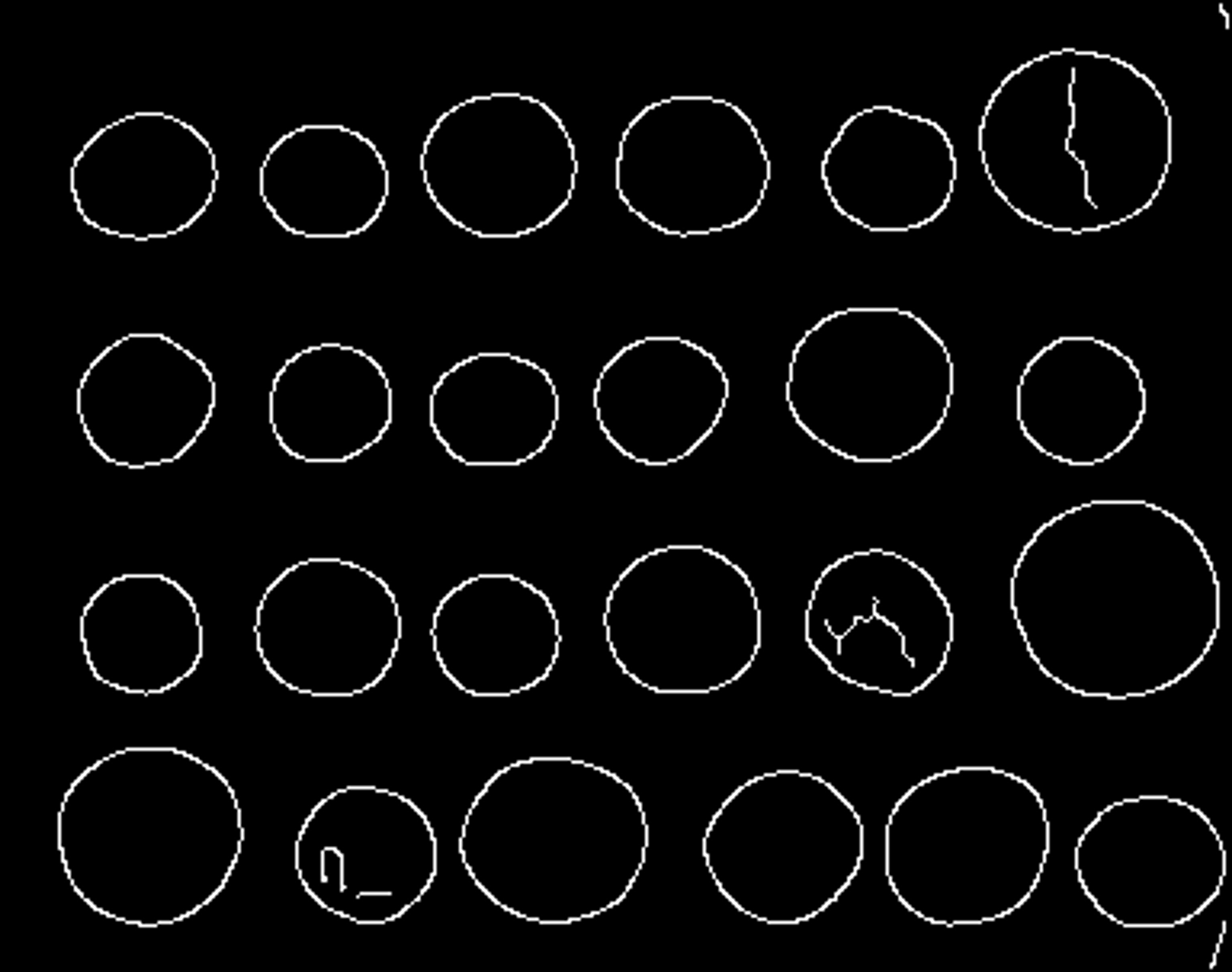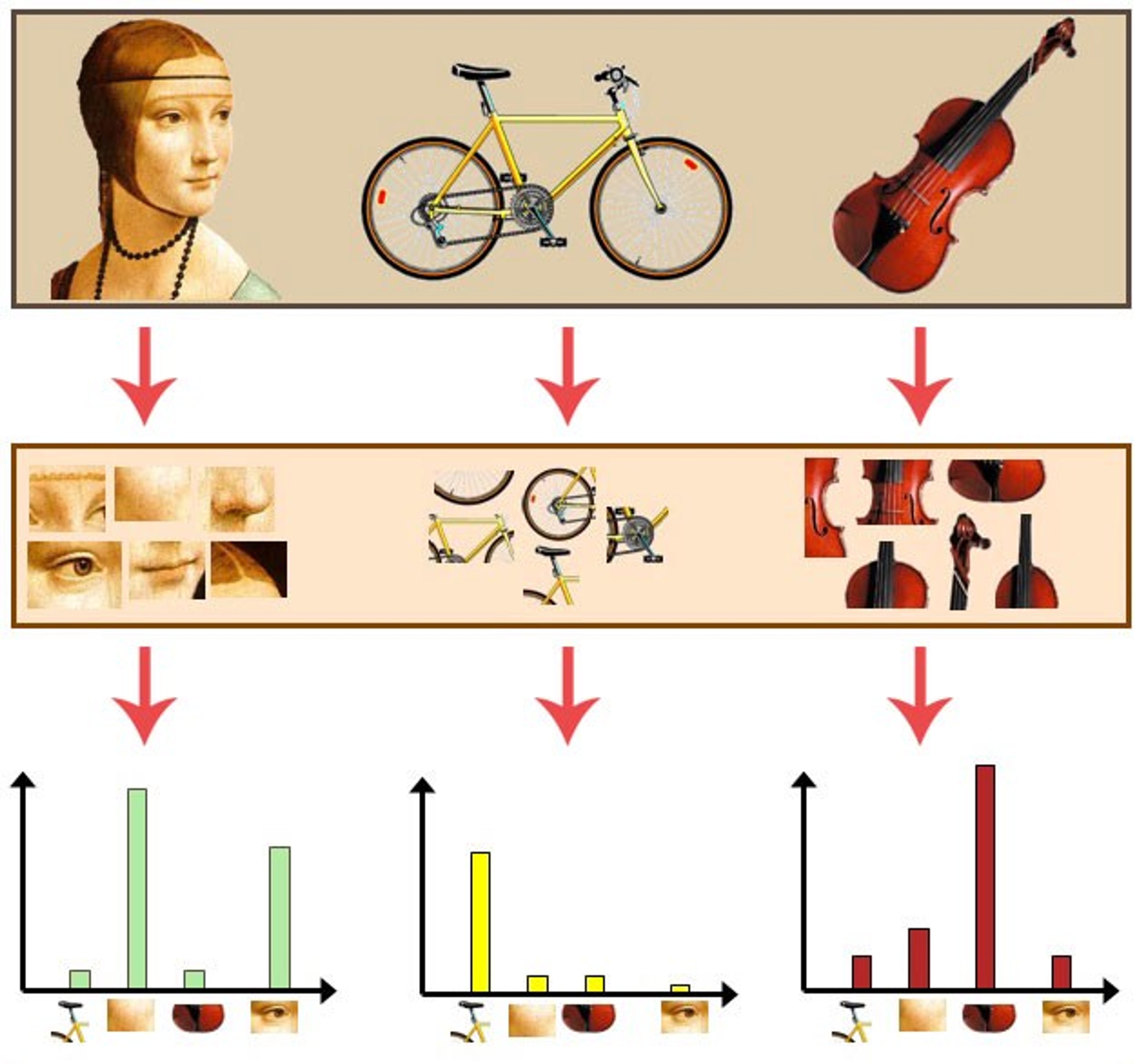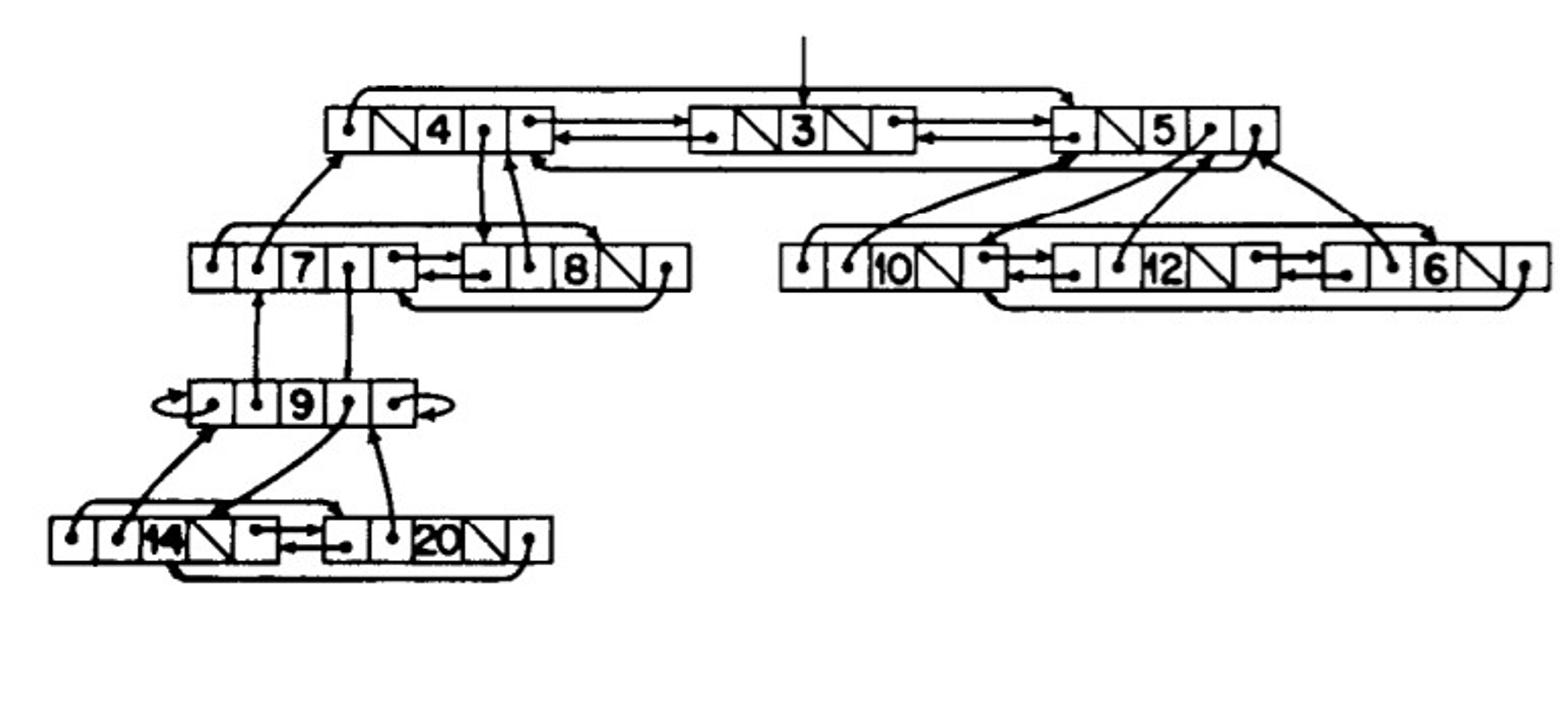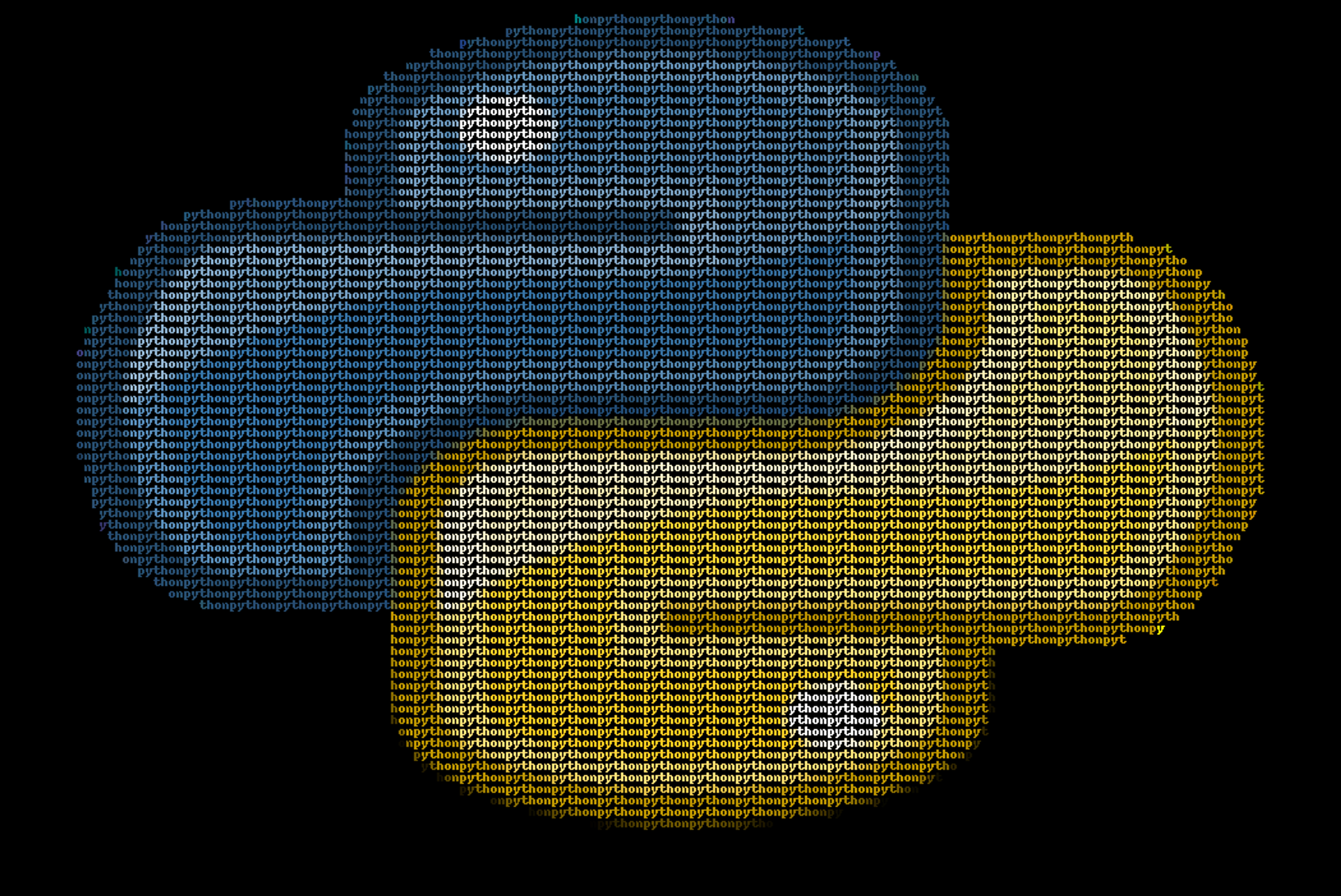
About Me

I am a senior student at IIT Ropar, pursuing a B.Tech degree in Computer Science and Engineering, with a strong interest and aptitude in programming and technology. I have acquired multiple skills in Reactjs, NextJs, Python, C++, C, and JavaScript, and have participated in coding contests. I aim to learn and grow as a programmer and apply my knowledge and skills to solve real-world problems.I am a senior student at IIT Ropar, pursuing a B.Tech degree in Computer Science and Engineering, with a strong interest and aptitude in programming and technology. I have acquired multiple skills in Reactjs, NextJs, Python, C++, C, and JavaScript, and have participated in coding contests. I aim to learn and grow as a programmer and apply my knowledge and skills to solve real-world problems.
Skills & Technologies
Projects

Official IIT Recruiter Portal
We spearheaded the creation of the Official IIT Recruiter Portal, revolutionizing the submission process for job and internship details. Through seamless integration with the existing website, ultimately improving the experience for over 800 students annually.

CLI Chat System Development
I conceived and engineered a CLI-based Chat System using Python and Node.js, powered by a robust TCP Client-Server model for real-time communication. My work elevated user engagement through Firebase authentication, ensuring secure login and enabling seamless terminal access. The project reached new heights with a successful deployment on Azure Cloud, offering scalability and reliability for users to connect and communicate effortlessly.

Web-Based Report Generation Application
We led the creation of a user-centric Web-Based Report Generation Application, enhancing information management for students, faculty, and staff. Our solution streamlined processes, introducing an intuitive interface and automation to boost productivity, ultimately elevating user satisfaction and operational efficiency.

Multi-User Academic Database Management System
Designed and developed a Multi-User Academic Database Management System using Java and SQL. This system served as a secure and efficient platform for academic data management, ensuring data integrity and accessibility for stakeholders.

RailWay Reservation System
The project implemented a railway reservation system that uses Postgres and explicit locking to handle concurrent requests for booking tickets. The use of explicit locking allows the system to handle parallel requests for tickets without conflicts or errors.

Canny Edge Detection
The project implemented a Canny edge detector in Python and compared its performance with the Canny edge detector in Skimage. The implemented detector was able to detect edges with 90% similarity to the Skimage detector. The project involved implementing Canny edge detection from scratch in Python.

Implementing a Bag-of-visual-words Classifier for the MNIST Fashion Dataset
The project implemented a Bag-of-visual-words based classifier for the classification of the MNIST fashion dataset. This type of classifier involves representing images in a dataset as a bag of visual words or clusters of similar features, and using those clusters to train a model for classification. The project involved implementing this method in python and applying it to the MNIST fashion dataset.

Utility based Cahce partitining
The goal of this project is to implement utility-based cache partitioning in Champ-Sim, a trace-based simulator. This method involves using a look-ahead algorithm to dynamically partition the cache based on the load of the applications running on each core. The aim is to improve performance by reducing the overall storage overhead to less than 1%. The use of this technique has been shown to improve performance by 23% for dual-core systems and 11% on average over the baseline least-recently-used (LRU) algorithm.

Encryption Decryption System verilog
The project implemented a Linear Feedback Shift Register (LFSR) in Verilog to generate random numbers for use in an encryption-decryption system. The LFSR used was 11 bits long, allowing it to generate 2047 different random numbers. Each character in the message was mapped to a 6-bit number, and groups of 60 bits could be encrypted in 1.5 lakh different ways. The use of LFSR in this system allows for highly secure encryption of data.

Fibonacci heap and its analysis
n this project, Fibonacci heaps were implemented and their performance was compared with that of binary heaps. Fibonacci heaps were found to be more efficient, allowing for insertion and decrease key operations in O(1) time, while binary heaps required O(logn) time for these operations. This difference in performance resulted in a 1.7-times increase in efficiency when insertions and decrease key operations were frequent. The project also analyzed the overall performance of both types of heaps.

Image To ASCII
The project developed a tool that converts an image to ASCII text. The tool maps the colour of each pixel in the image to an ASCII character according to its density. Given an image, the tool outputs a text file containing an ASCII representation of the image. This allows for the display of images using only text characters.